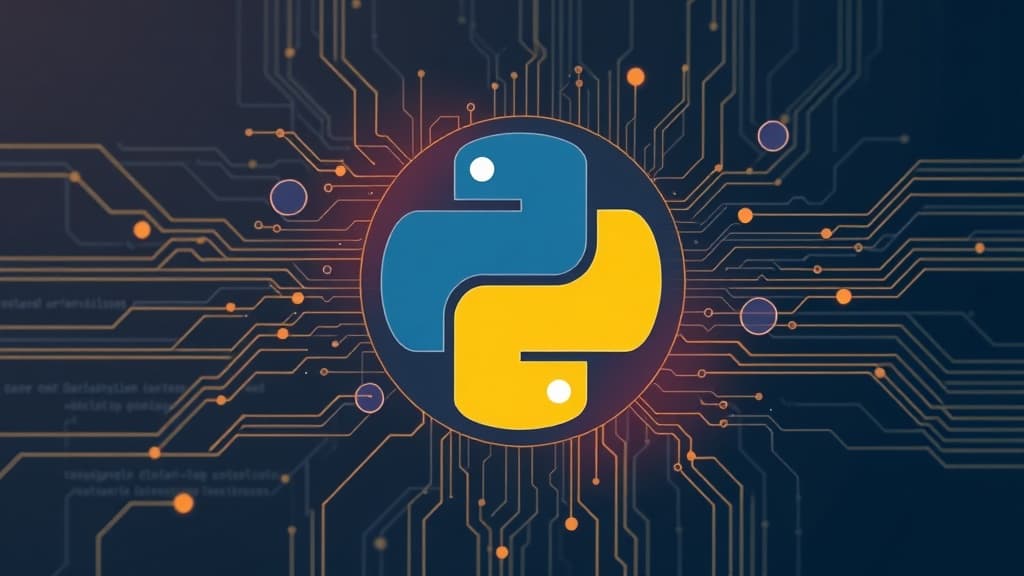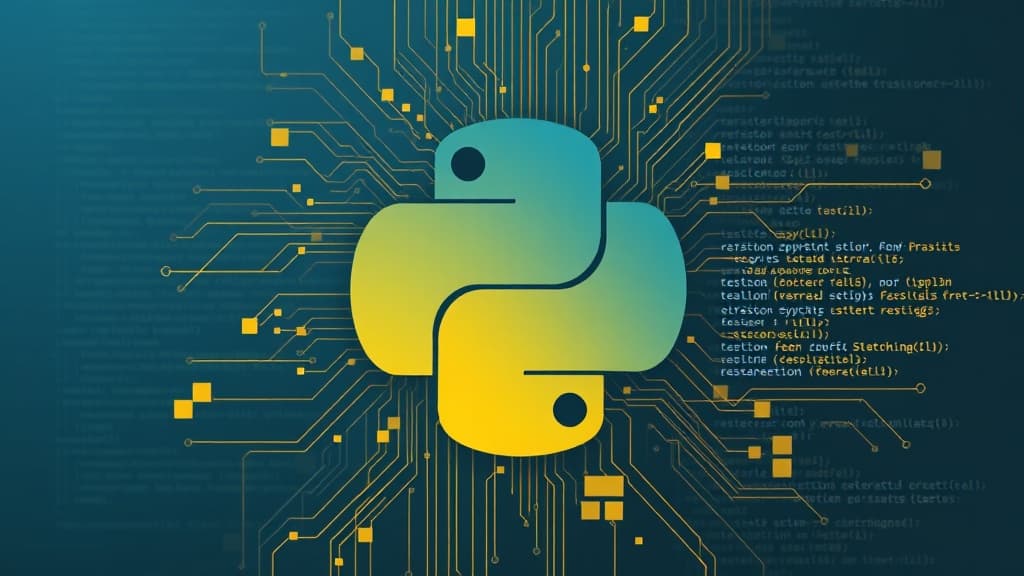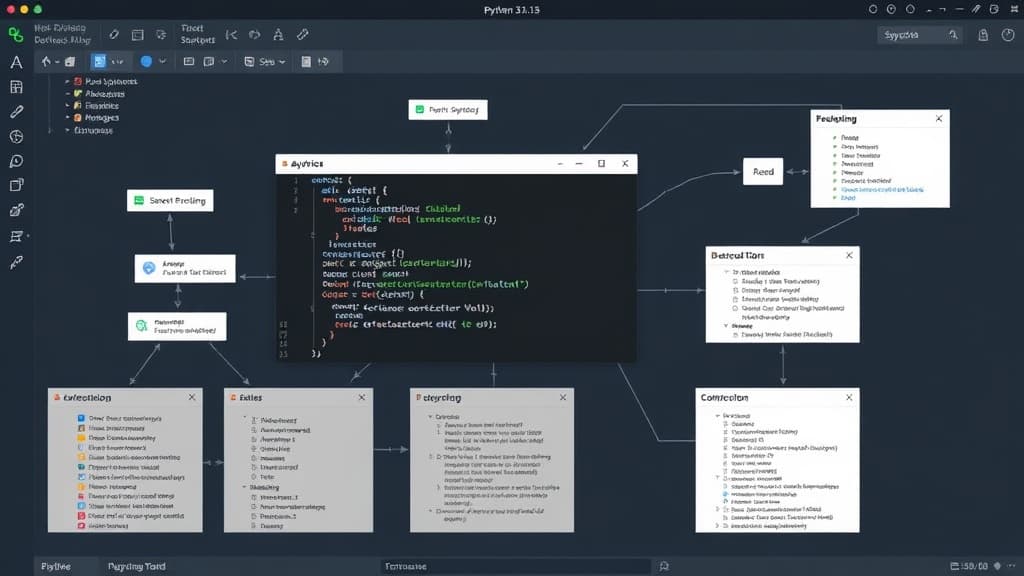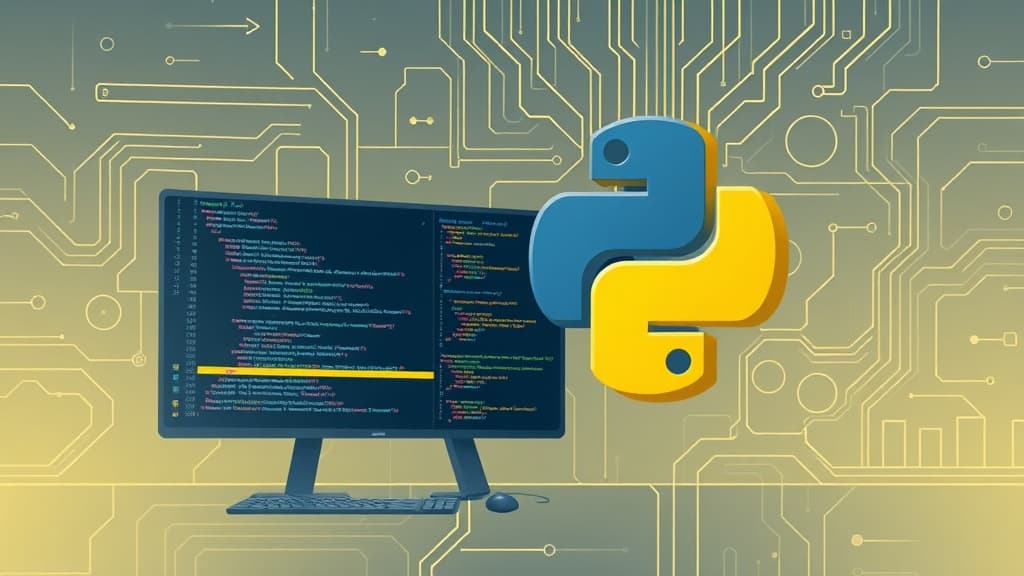Python 3.13: Enhanced AsyncIO Performance

Python 3.13: Enhanced AsyncIO Performance – A Game Changer for Developers
Hey there, fellow developers! Have you checked out Python 3.13 yet? If not, you might want to put that on your to-do list. The latest release, which hit the scene in October 2025, brings some seriously impressive enhancements to the AsyncIO library. For anyone who's working on I/O-bound applications—think web servers or microservices—these updates could be a game changer. Let’s dive into what’s new and how you can leverage these improvements in your projects!
What’s New in AsyncIO?
Performance Improvements That Matter
First off, let's talk about performance. Python 3.13 has really optimized the performance of AsyncIO. You’ll notice lower latency for I/O-bound applications, which is always a plus. The folks behind Python have reduced the overhead related to context switching and task scheduling. What does this mean for you? Basically, your applications can handle concurrent I/O operations much more efficiently—up to 30% better in early benchmarks. That’s huge!
New APIs: Simplifying Concurrency
One of the coolest additions is the new asyncio.TaskGroup. This context manager makes managing multiple tasks way easier. You can create and await several tasks concurrently without worrying about missing any. Here’s a little taste of how it works:
import asyncio
async def fetch_data(url):
print(f"Fetching data from {url}")
await asyncio.sleep(1) # Simulate an I/O operation
return f"Data from {url}"
async def main():
urls = ["http://example.com/1", "http://example.com/2", "http://example.com/3"]
async with asyncio.TaskGroup() as tg:
results = {url: tg.create_task(fetch_data(url)) for url in urls}
for url, task in results.items():
print(f"Result from {url}: {await task}")
if __name__ == "__main__":
asyncio.run(main())
With this setup, you can kick off all your fetch tasks and wait for them to finish neatly. Pretty cool, right?
Debugging Made Easier
Let’s be honest—debugging asynchronous code can sometimes feel like a wild goose chase. Python 3.13 steps up by introducing better debugging capabilities. Now you can trace and diagnose issues in your async code more effectively. In my experience, this improvement could save you tons of time and headaches when tracking down those elusive bugs.
Better Support for async Context Managers
Another neat feature is the enhanced support for async context managers. This improvement makes it more straightforward to manage asynchronous resources, letting you write cleaner and clearer code. It feels more natural to use these tools, which is always a win in my book!
Type Hinting and Annotations
Last but not least, Python 3.13 has also improved type hinting for AsyncIO functions. This isn’t just some added fluff; it really helps enhance readability and makes static analysis more effective. You can catch potential issues at the coding stage rather than runtime, which is something every developer can appreciate.
Recent Developments and Community Adoption
Since the release, the Python community has been buzzing with excitement. Frameworks like FastAPI and Starlette are already incorporating these new AsyncIO features, and the initial feedback has been overwhelmingly positive. I mean, who doesn’t want faster, more efficient web applications?
And if you’re curious about benchmarks, early numbers show that applications using AsyncIO in Python 3.13 can achieve significantly better performance in handling concurrent I/O operations. That kind of improvement translates directly into better user experiences.
Real-World Applications of AsyncIO
So, where can we actually see these enhancements in action? Here are a few real-world applications that are benefiting from Python 3.13’s AsyncIO updates:
1. Web Servers
Web frameworks like FastAPI are leveraging the new AsyncIO features to enhance the performance of asynchronous endpoints. With reduced latency and improved task management, these frameworks can handle more requests concurrently, leading to faster response times. If you’re building APIs, this is a must-know!
2. Microservices
For those who are working within microservices architectures, Python 3.13 is a fantastic choice. Asynchronous I/O can drastically reduce response times and improve resource utilization. Companies are seeing the value of using AsyncIO to build robust and efficient microservices.
3. Data Processing Pipelines
If your work involves fetching and processing large datasets (think web scraping or data ingestion), the enhanced AsyncIO capabilities can be a game changer. You’ll be able to handle multiple data sources concurrently, speeding up your workflows significantly.
4. Real-Time Applications
Real-time applications—like chat apps or live dashboards—are all about handling high volumes of concurrent connections. The improvements in AsyncIO make these tasks seamless, allowing you to build applications that can scale effortlessly.
Conclusion: Embrace the Future with Python 3.13
In summary, Python 3.13's enhancements to AsyncIO are truly impressive and represent a significant leap forward. The performance improvements, new APIs, and better debugging tools make this release an attractive option for building responsive, efficient applications.
As developers continue to adopt these features, we’ll undoubtedly see a growing number of applications that harness the full potential of AsyncIO. If you haven’t already, I highly recommend diving into these updates. You’re going to love what you can achieve with Python 3.13!
So, what are you waiting for? Get coding, and have fun exploring the new possibilities that await with AsyncIO!


